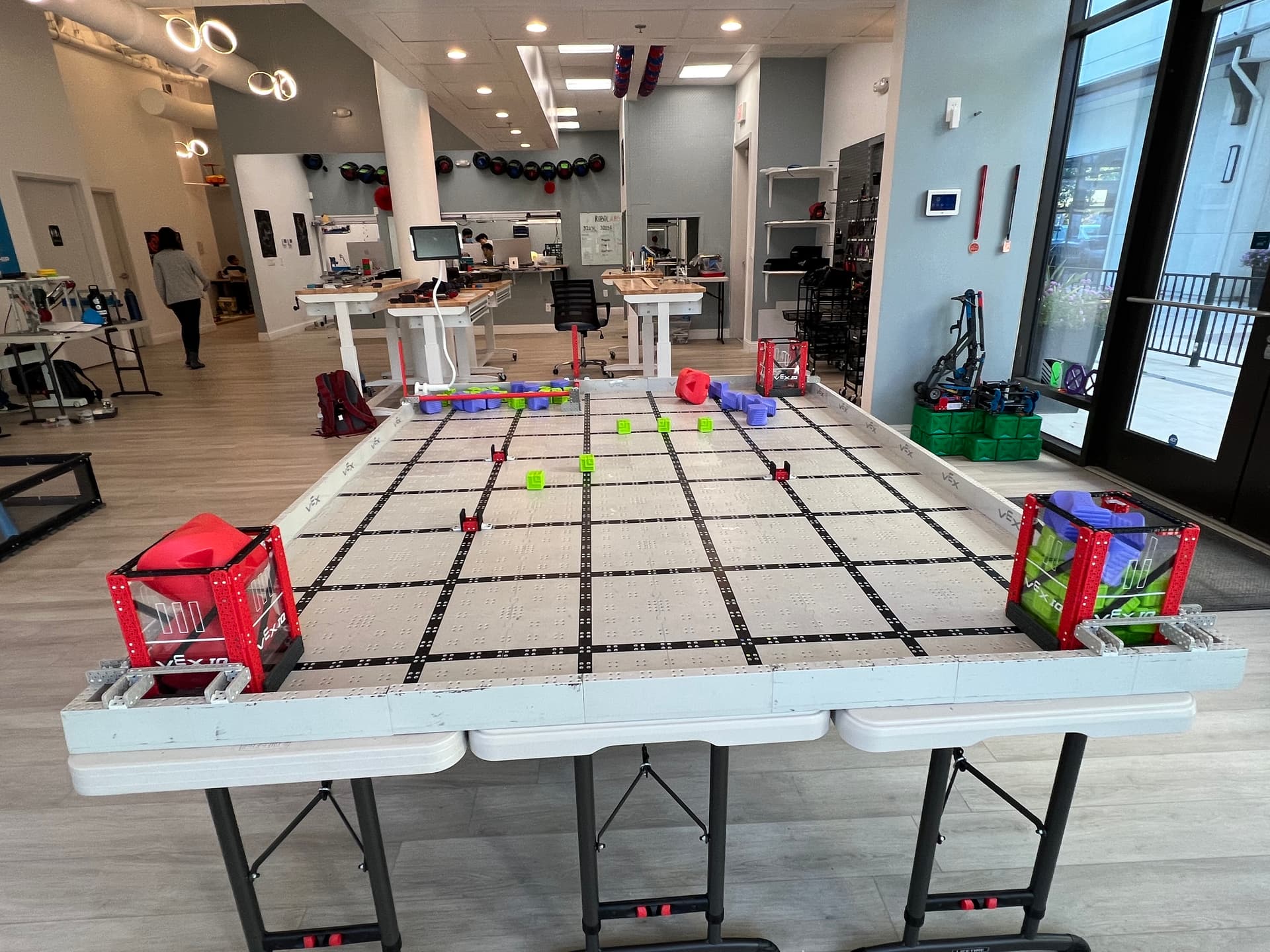Full volume chapter 1 – Embark on a journey into the world of full volume in chapter 1, where we explore the significance of maximizing audio volume to create captivating and unforgettable sonic experiences. From the nuances of audio engineering to the impact on our senses, this chapter delves into the art and science of achieving full volume without compromising quality.
Uncover the techniques and tools employed by sound engineers to optimize equipment and settings, ensuring that your audio reaches its full potential. Discover the role of equalizers, compressors, and other audio processing tools in enhancing loudness and clarity.
Introduction

In the realm of music and sound engineering, “full volume” refers to the maximum possible amplitude of a sound wave. It is the point at which the signal reaches its peak intensity, creating the loudest possible sound within the limitations of the audio system.
Full volume plays a crucial role in creating immersive and engaging audio experiences. It allows listeners to fully appreciate the dynamics and nuances of a musical composition, from the softest whispers to the most thunderous crescendos. When music is played at full volume, it envelops the listener in a rich and powerful sonic environment that enhances the emotional impact and overall enjoyment.
Importance of Full Volume in Immersive Audio Experiences
Full volume is particularly important for creating immersive audio experiences, such as those found in surround sound systems or virtual reality environments. In these scenarios, the listener is surrounded by multiple speakers or headphones, which deliver sound from different directions. Full volume ensures that the sound is loud enough to be heard clearly and distinctly, even when coming from multiple sources. This creates a more realistic and immersive audio experience, making the listener feel as if they are truly part of the soundscape.
Techniques for Achieving Full Volume: Full Volume Chapter 1

To achieve full volume without distortion, it is essential to optimize your audio equipment and settings. This involves understanding the capabilities of your gear and using it to its full potential. Additionally, employing audio processing tools like equalizers and compressors can enhance loudness and improve the overall sound quality.
Optimizing Equipment and Settings
The first step in achieving full volume is to ensure that your equipment is properly set up and calibrated. This includes adjusting the gain levels on your amplifier, mixer, and other devices to match the input and output levels of your system. Additionally, it is important to check the impedance matching between your components to avoid signal loss or distortion.
Equalization
Equalizers allow you to adjust the frequency response of your audio signal, which can be used to enhance loudness and improve the overall sound quality. By boosting the frequencies that contribute to perceived loudness, such as the low end and high end, you can make your music sound louder without increasing the overall volume.
Compression
Compressors reduce the dynamic range of your audio signal, which can make it sound louder and more consistent. By reducing the difference between the loudest and quietest parts of your music, you can achieve a more balanced and impactful sound. However, it is important to use compression sparingly, as over-compression can lead to a loss of dynamics and clarity.
Impact of Full Volume on Audio Quality
Listening to audio at excessive volumes can have detrimental effects on its quality and your hearing health. Understanding the impact of full volume on audio fidelity and the potential risks is crucial for maintaining optimal listening experiences.
Excessive volume can distort the audio signal, leading to an inaccurate representation of the original sound. It can alter the frequency response, reducing the clarity and balance of the audio. High frequencies may become harsh and fatiguing, while low frequencies may become boomy and overpowering.
Dynamics and Clarity
Full volume can compress the audio dynamics, reducing the contrast between loud and soft passages. This can make it difficult to distinguish between different instruments or vocals, resulting in a muddy and less engaging listening experience.
Ear Fatigue and Hearing Damage
Prolonged exposure to loud sounds can lead to ear fatigue, causing a temporary loss of hearing sensitivity. In severe cases, it can result in permanent hearing damage, such as tinnitus (ringing in the ears) or hearing loss.
Applications of Full Volume

Full volume finds its applications in a wide range of settings, each offering unique advantages and considerations.
In live performances, full volume can create an immersive and captivating atmosphere. It allows performers to convey the full emotional weight of their music, engaging the audience on a visceral level. From the thunderous roar of a rock concert to the delicate nuances of a classical symphony, full volume enhances the live experience, amplifying the emotional impact and fostering a sense of connection between performers and listeners.
Home Audio Systems, Full volume chapter 1
In home audio systems, full volume can transform a listening room into a personal concert hall. It enables listeners to fully appreciate the dynamics and subtleties of their favorite music. Whether it’s the gentle strumming of a guitar or the explosive energy of a drum solo, full volume unlocks the full potential of home audio systems, providing an immersive and emotionally resonant experience.
Professional Sound Reinforcement
In professional sound reinforcement, full volume is essential for ensuring clarity and intelligibility in large venues. From sporting events to corporate presentations, full volume allows sound engineers to project speech and music with precision and impact. By maximizing the volume, sound systems can overcome ambient noise and ensure that every member of the audience can hear the message loud and clear.
Final Review

As we conclude our exploration of full volume, we gain a deeper understanding of its impact on audio quality and its applications in various settings. From live performances to home audio systems, full volume has the power to amplify emotions, enhance engagement, and create truly immersive audio experiences. Remember, the pursuit of full volume is not merely about achieving maximum loudness, but about harnessing the potential of sound to captivate and inspire.
Clarifying Questions
What are the potential risks associated with excessive full volume?
Excessive full volume can lead to ear fatigue, hearing damage, and distortion of audio quality.
How can I achieve full volume without compromising audio fidelity?
By utilizing proper audio equipment, settings, and processing tools, you can optimize loudness while maintaining frequency response, dynamics, and clarity.
What are some practical applications of full volume in different settings?
Full volume finds applications in live performances to enhance the emotional impact of music, in home audio systems to create immersive listening experiences, and in professional sound reinforcement to ensure clear and powerful sound delivery.